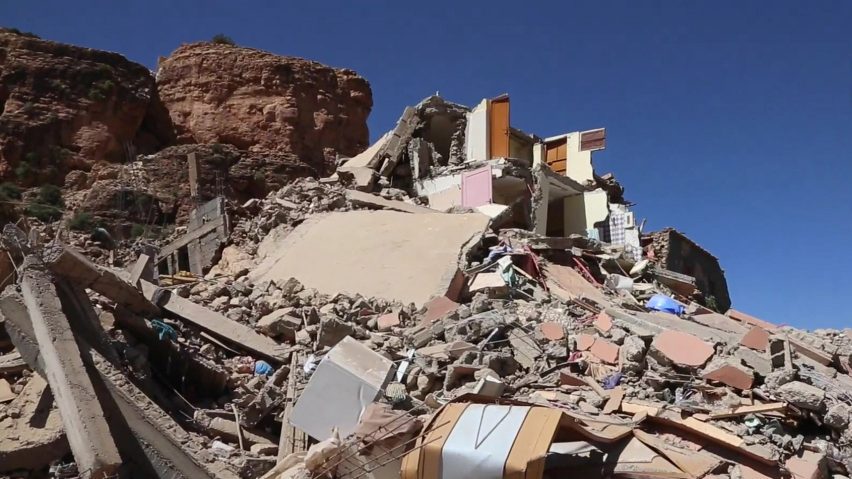
UNESCO vows to "support the Moroccan authorities" rebuild following earthquake
UNESCO director Audrey Azoulay has said that the organisation will support Morocco in its efforts to rebuild schools and heritage landmarks damaged by this week's earthquake.
"Morocco will be able to count on the solidarity of the UNESCO," Azoulay wrote on X, the social media platform formerly known as Twitter.
"Our organisation will support the Moroccan authorities to inventory the damage in the areas of heritage and education, make the buildings safe and prepare for reconstruction."
On Friday 8 September, a 6.8-magnitude earthquake struck Morocco, claiming the lives of at least 2,901 people and injuring 5,530 – making it the country's deadliest quake since 1960.
The earthquake also tore through several important historic structures in UNESCO World Heritage sites and towns in the foothills of the Atlas Mountains and the city of Marrakech.
UNESCO visited sites to assess damage
Among the sites to be severely damaged are the medieval medina in Marrakech, which became a UNESCO World Heritage site in 1985, and the town of Ouarzazate to the south of the High Atlas mountains, which was added to the list in 1987.
The day after the quake, UNESCO visited these sites to assess the extent of the damage.
Tout mon soutien au peuple marocain après ce terrible séisme qui a fait tant de victimes et de dégâts. J'ai aussi une pensée pour les participants de la Conférence @GlobalGeoparks qui se tenait au même moment à #Marrakech. Le #Maroc pourra compter sur la solidarité de l'@UNESCO.
— Audrey Azoulay (@AAzoulay) September 9, 2023
Among its most notable observations were that the minaret of Kharbouch mosque on Jemaa el-Fna Square in the medina has been almost completely destroyed, while several houses in the old Jewish quarter of the Mellah neighbourhood have collapsed.
Meanwhile, several buildings in Ouarzazate have been cracked, with a communal granary that looks over the town seriously affected.
The Tinmel mosque in the High Atlas Mountains is another building to have also been almost entirely destroyed. The landmark, described by UNESCO as "an important site", is on the national Tentative World Heritage List.
"More than half a thousand schools" damaged
The mission also found the damage to education buildings to be "a cause for concern", UNESCO said.
"The earthquake affected a particularly rural and isolated area, encompassing a school population of around one million pupils and a teaching staff of more than 42,000 professionals," it wrote in a statement.
View this post on Instagram
One of the main reasons the earthquake has been so deadly is because of the damage caused to buildings.
However, in the modern parts of Morocco struck by the quake, the damage has been minimal thanks to their earthquake-proof structures.
Modern parts of Marrakesh unscathed
According to a report by news channel CNN, in modern parts of Marrakesh, cafes and restaurants "were getting ready to open on Sunday morning".
The subject of earthquake-proof architecture was also in the spotlight earlier this year following the 7.8-magnitude Turkey–Syria earthquake on 6 February.
At the time, Turkish architects told Dezeen that the scale of destruction caused by the earthquakes was exacerbated by poor construction and a disregard for legislation.
Following the quakes, authorities in Turkey issued arrest warrants for people with ties to buildings that were destroyed.
In an opinion piece following the devastating event, founder of Worldchanging Institute Cameron Sinclair said "earthquakes don't kill people, bad buildings do".
The main photo shows the earthquake impact near the epicentre in Imi N'Tala by alyaoum24 via Wikimedia Commons.